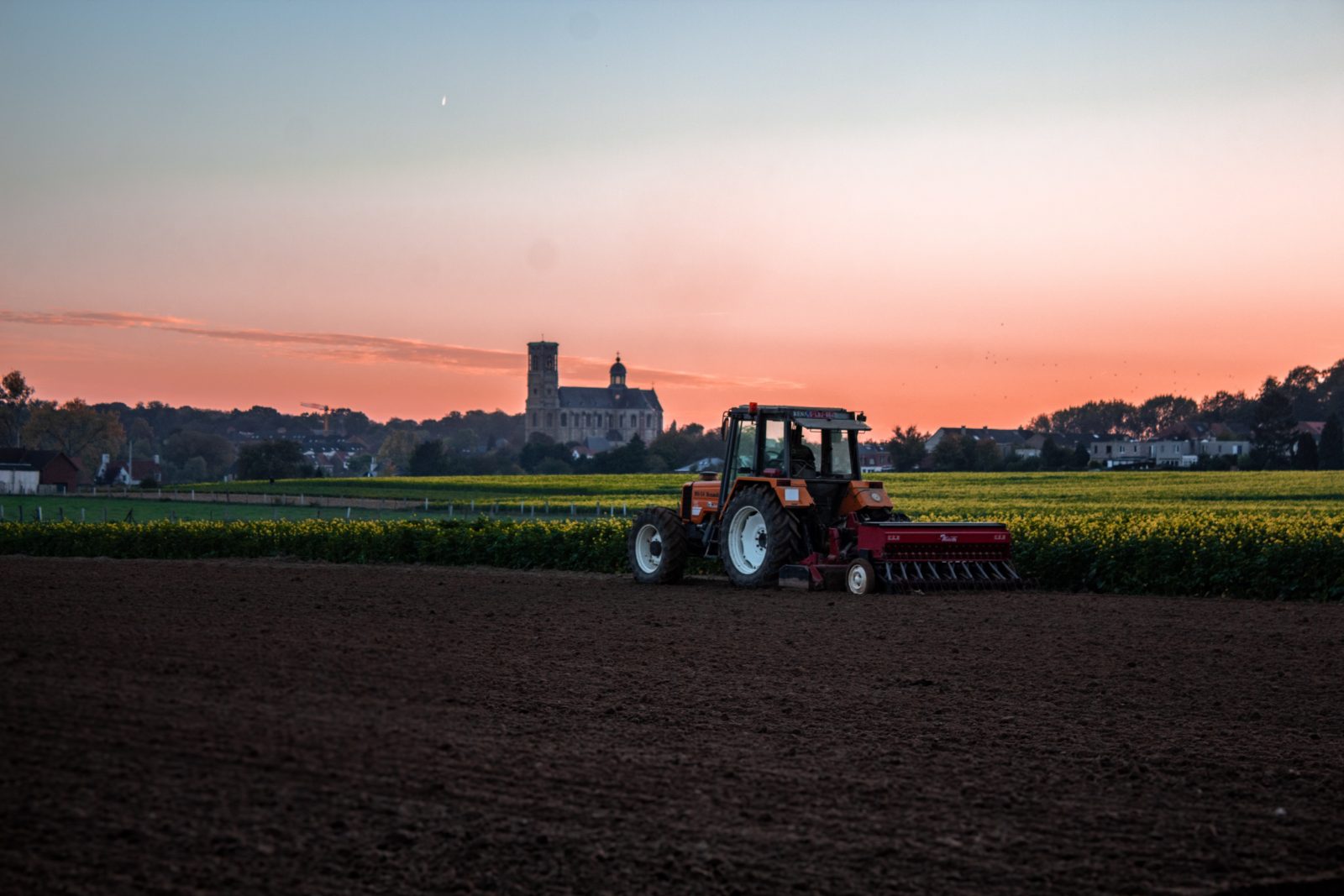It may seem hard to believe, but harvest season has arrived in Prague. While many may consider the city a bustling metropolis with only concrete and steel, there are 14,000 hectares of arable land within its boundaries. Of those, 1,650 hectares are directly managed by the city’s government, with the rest being cared for by private farmers and agricultural cooperatives.
The crops grown in Prague are similar to those found throughout the country, including barley, wheat, and rapeseed, but there are also some unusual ones, such as soybean fields. And it’s not just fields on the outskirts of the city, as large-scale farming can also be found in neighborhoods like Březiněves, Čakovice, Satalice, and Vinoř.
To give a sense of the scale, the 14,000 hectares of farmland in Prague is equivalent to three thousand Václavské náměstí squares laid side by side. The largest square in the Czech Republic, Karlový náměstí, would need to be replicated 1,650 times to cover the same area as Prague’s fields.
While farming in a major city may seem like a logistical nightmare, harvest season is in full swing. One combine harvester can harvest up to 30 hectares of grain in a single day, with the majority of the work being done in the fields of winter barley, which is already 84% harvested. Spring barley and winter wheat are also being harvested, with spring wheat being the last to be harvested.
However, the harvest season is not without its challenges. Dust, heat, and dry conditions can make it a difficult and sometimes dangerous environment to work in. Agricultural company VIN Agro has issued a warning to residents in areas such as Satalice, Březiněves, and Čakovice to be aware of increased dust levels during the harvest season.
Fire is also a major concern, with high temperatures and dry conditions increasing fire risk across the country. Hoses and firefighting equipment are on standby at harvest sites, and residents are reminded to avoid starting open fires.
While the hustle and bustle of harvest season may seem out of place in the city, it’s a reminder that agriculture can thrive even in unexpected places.






